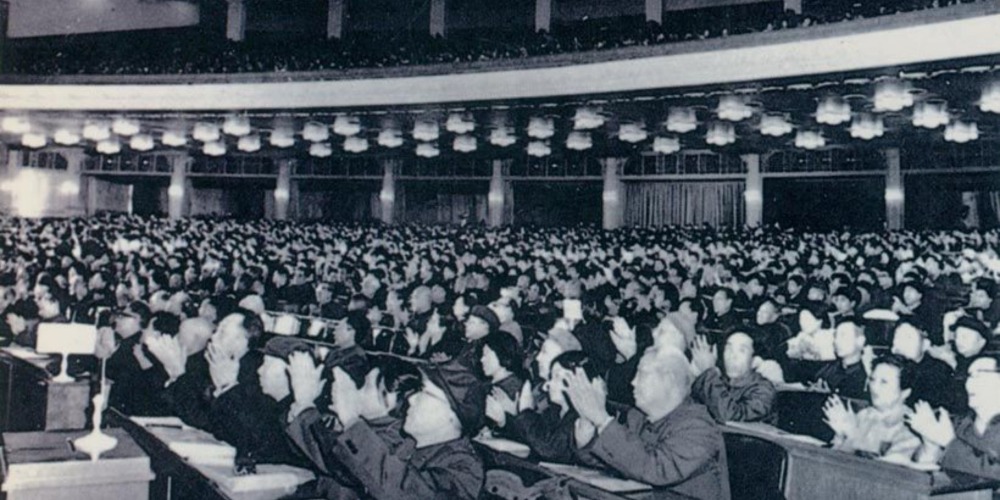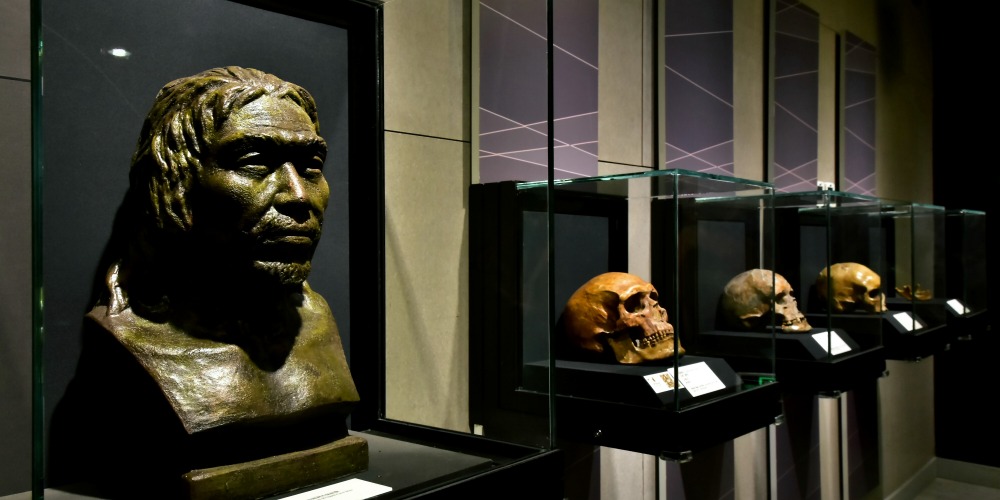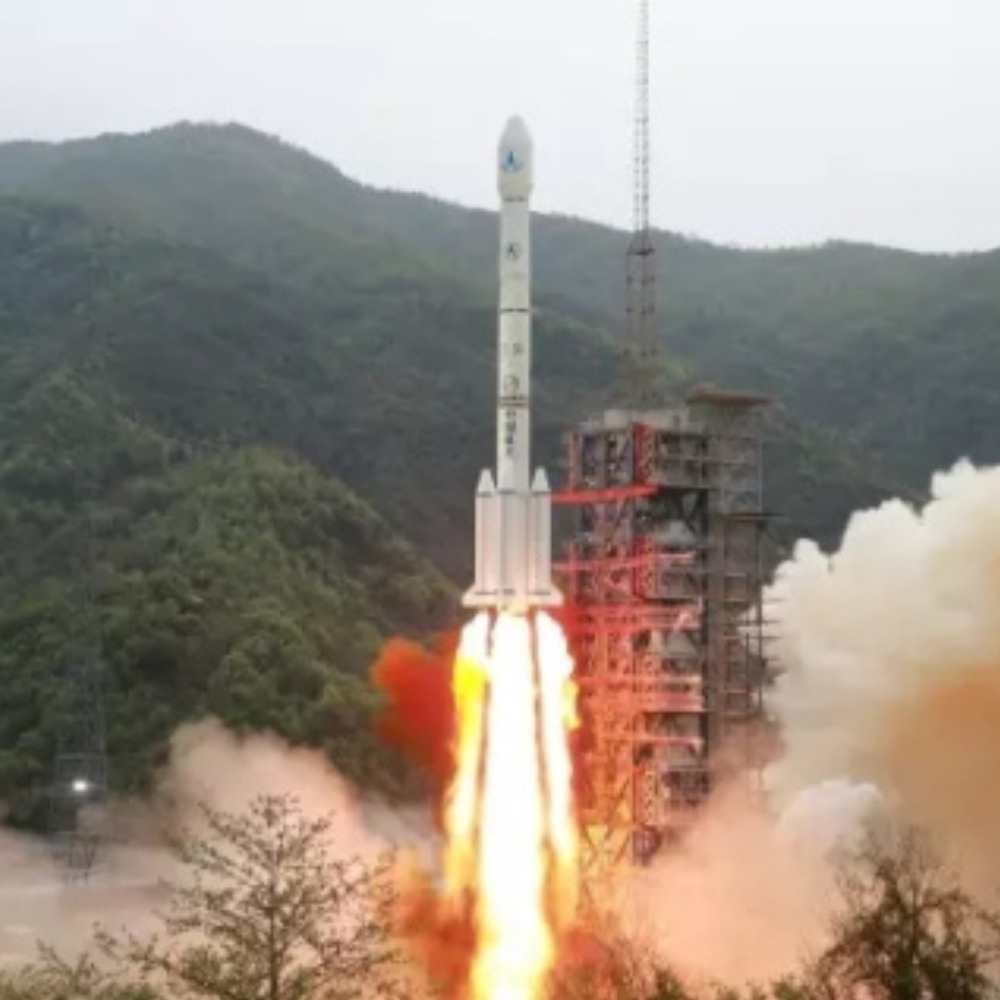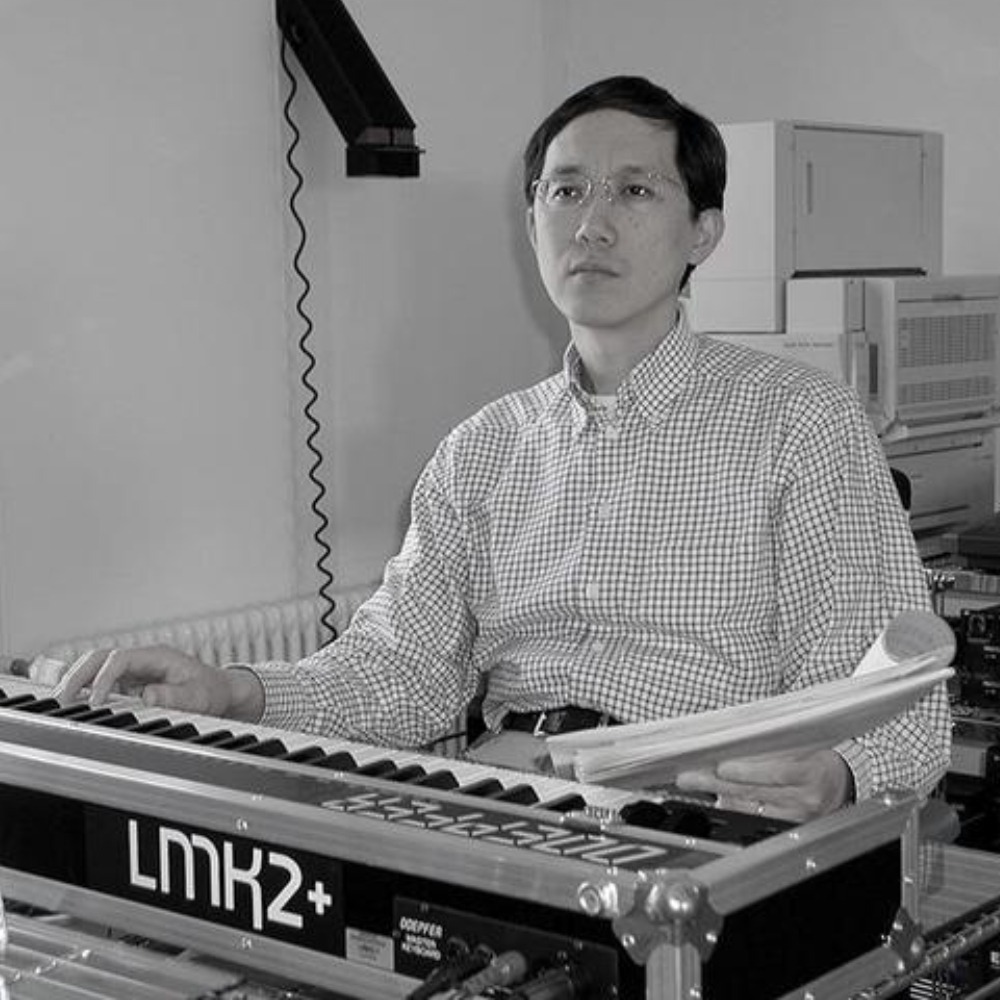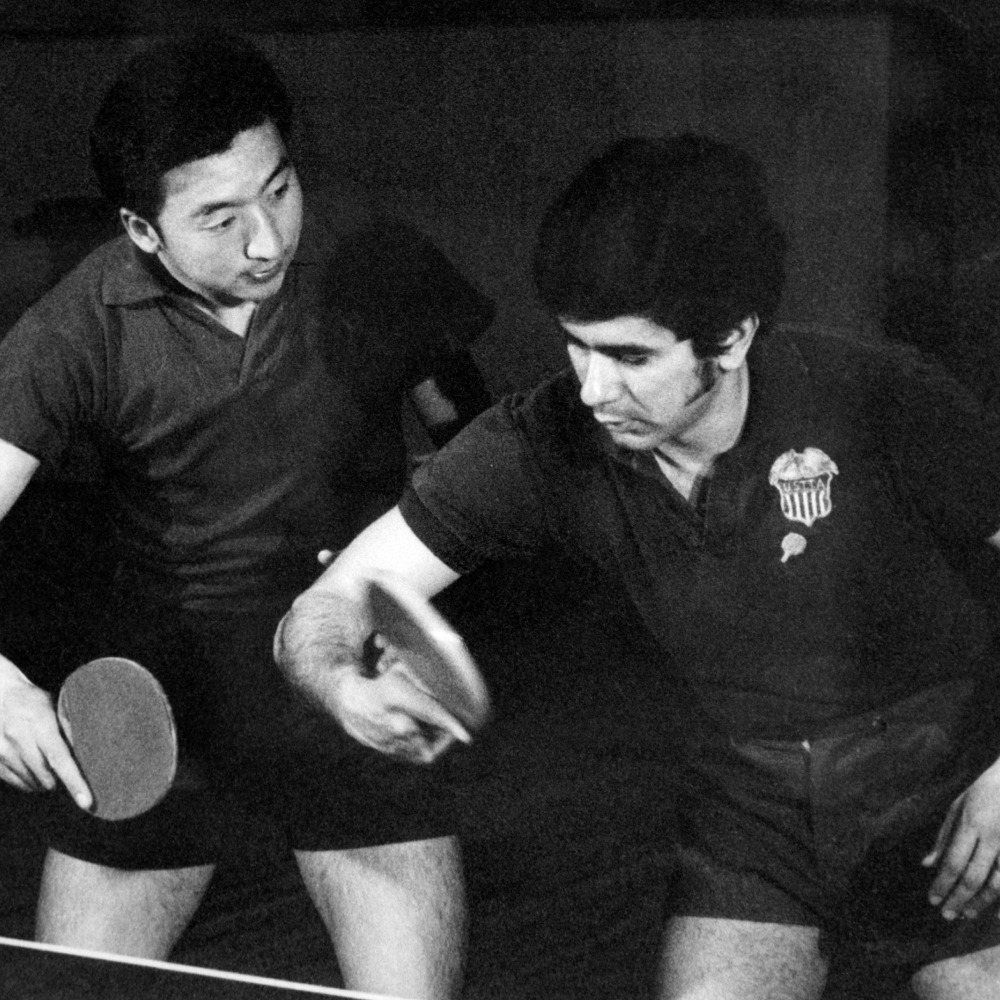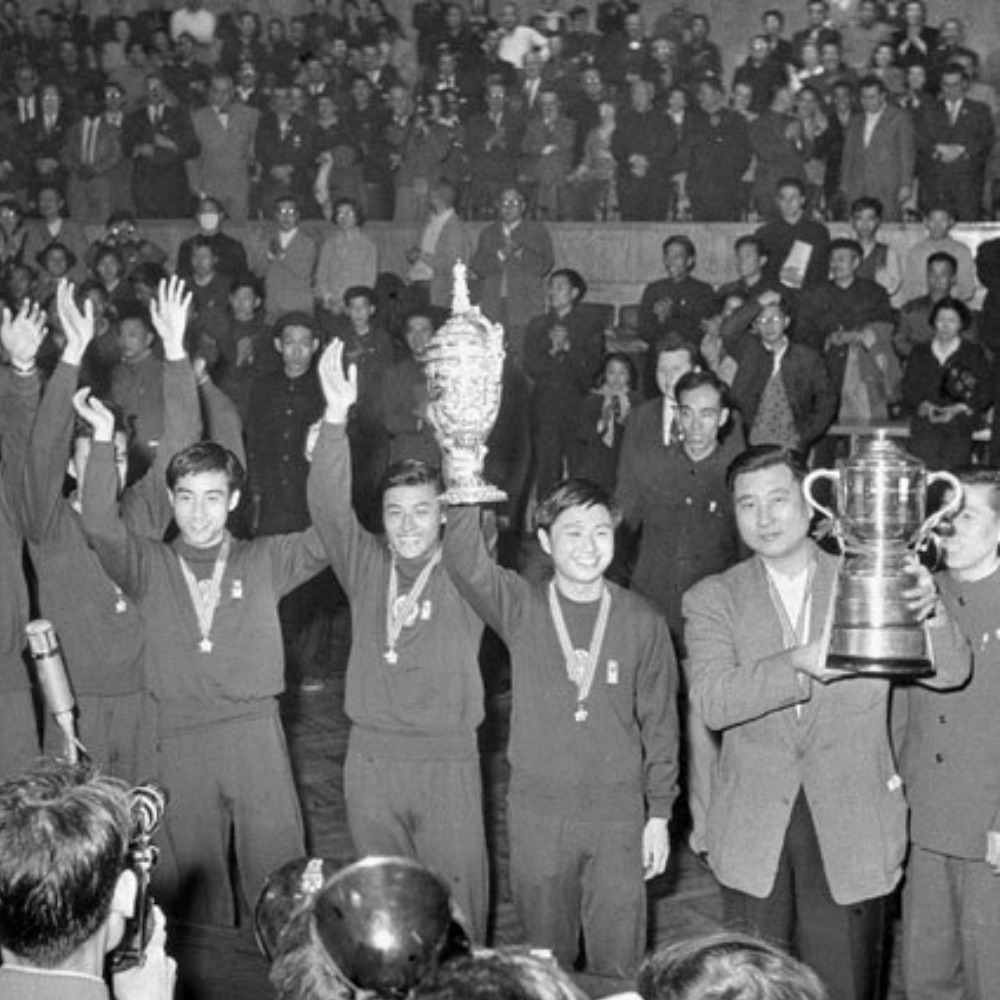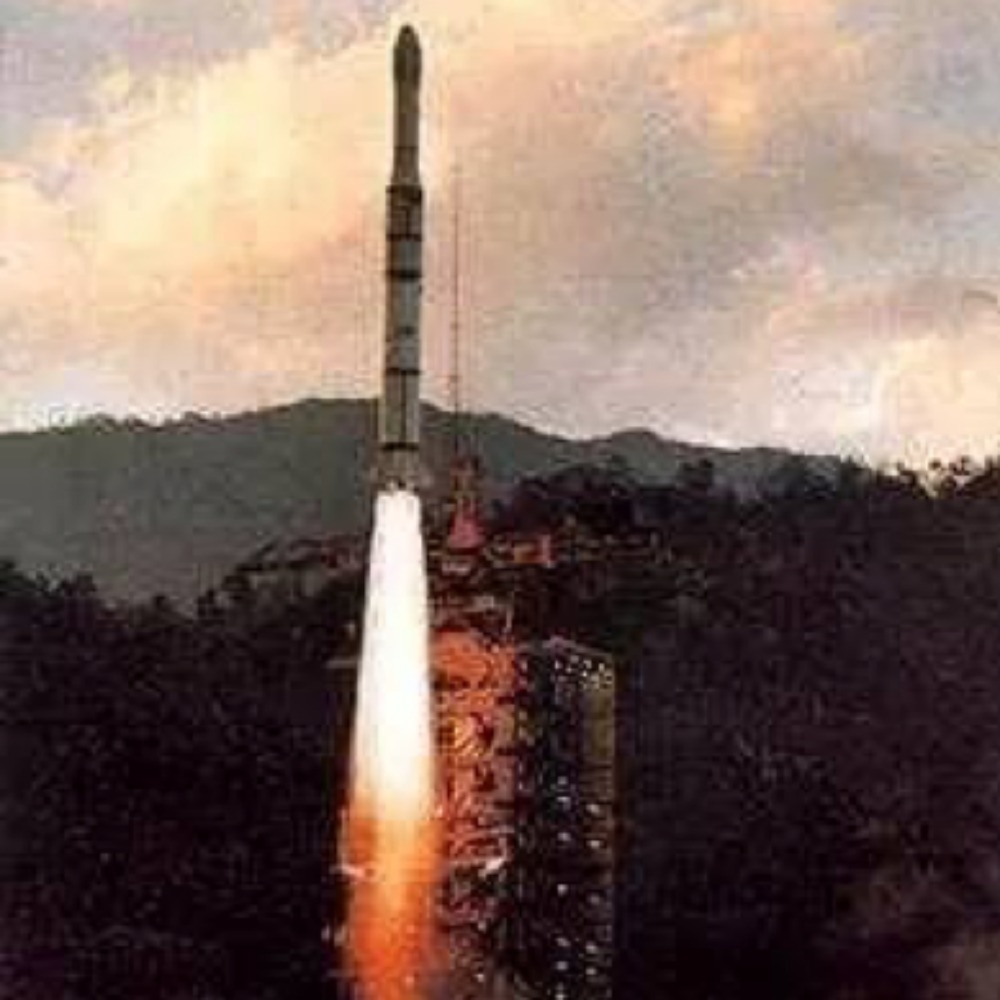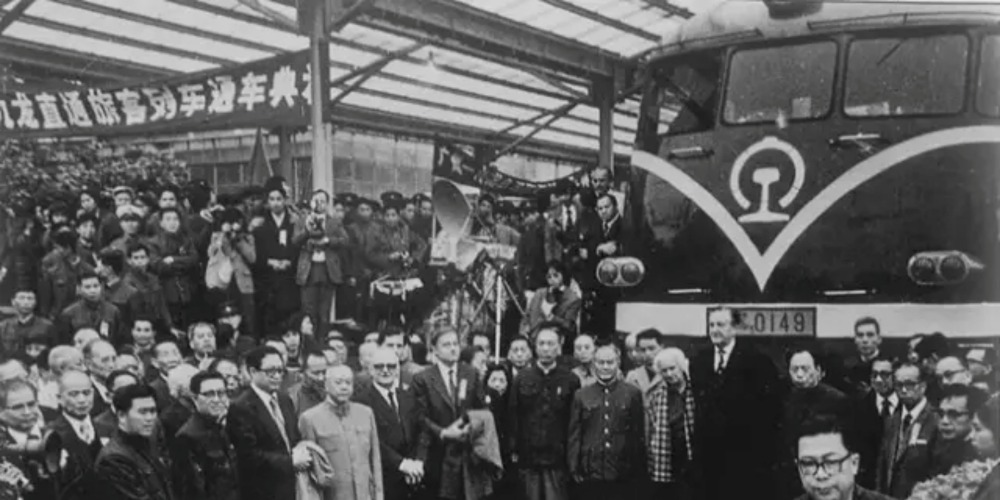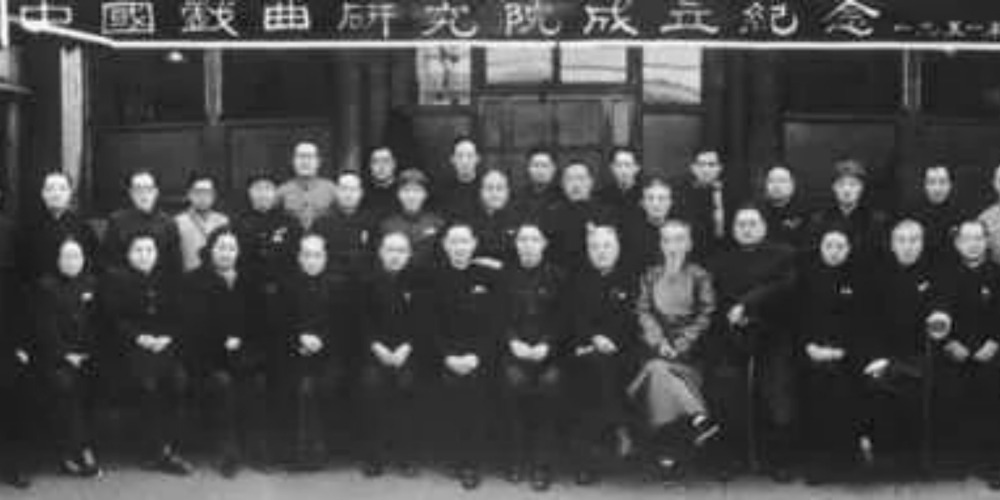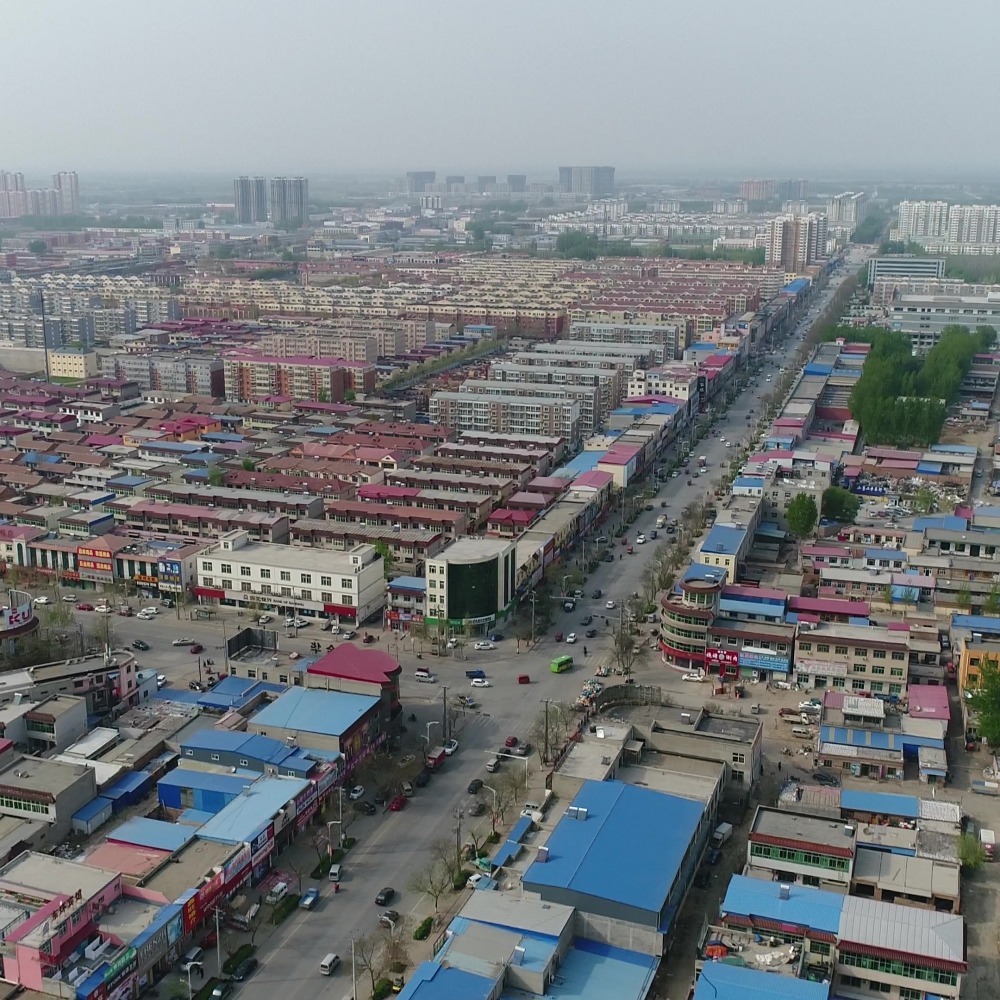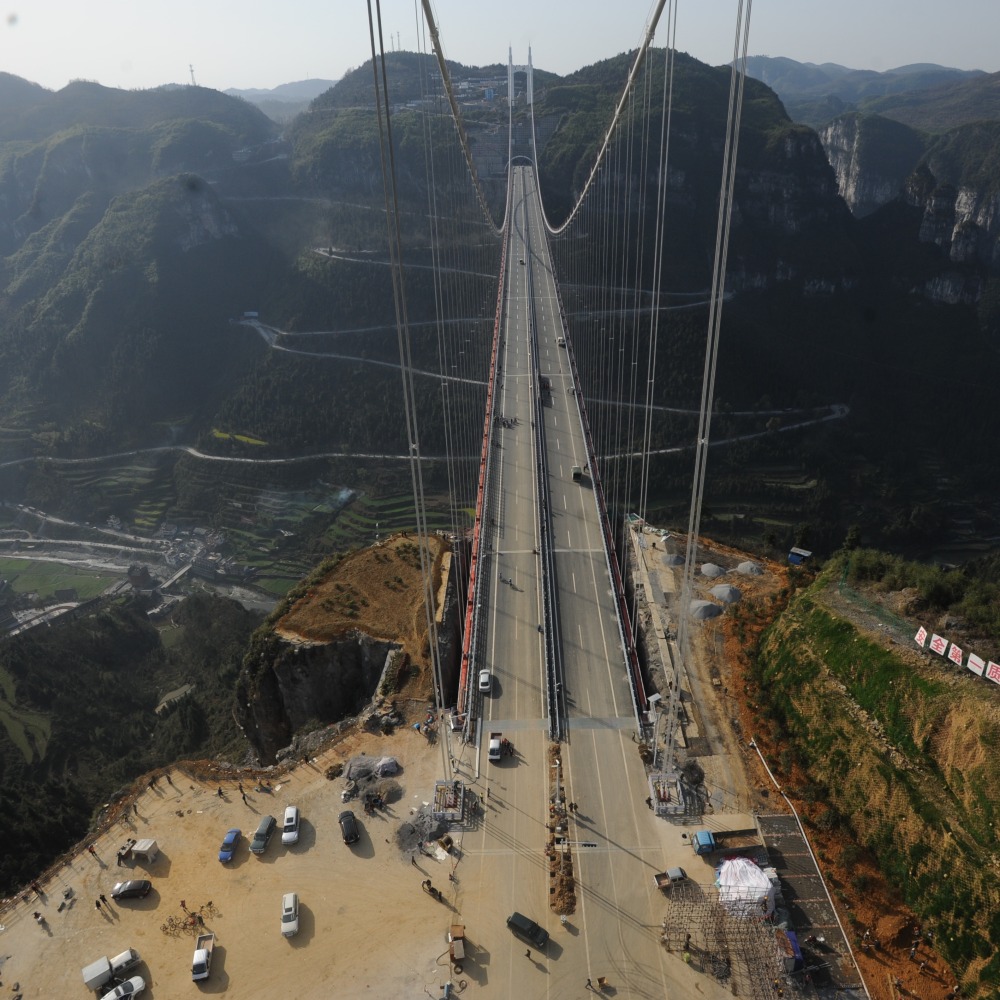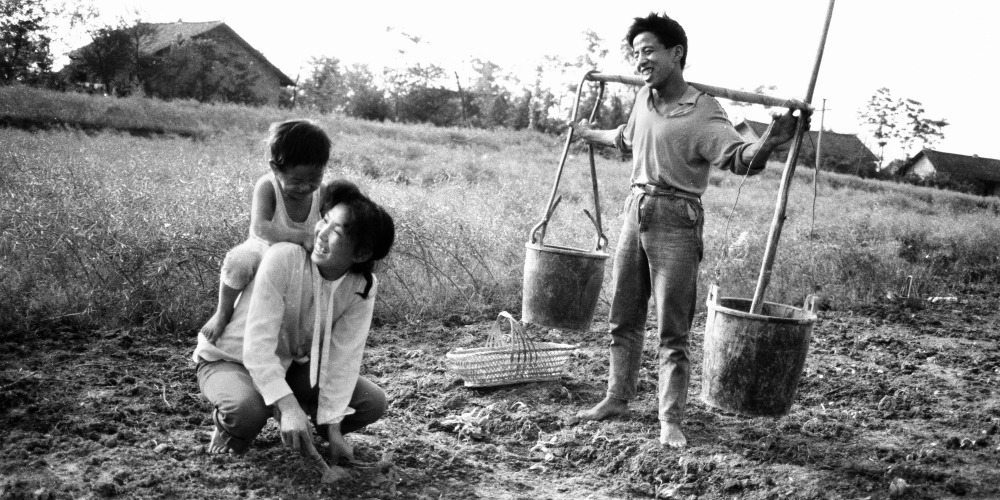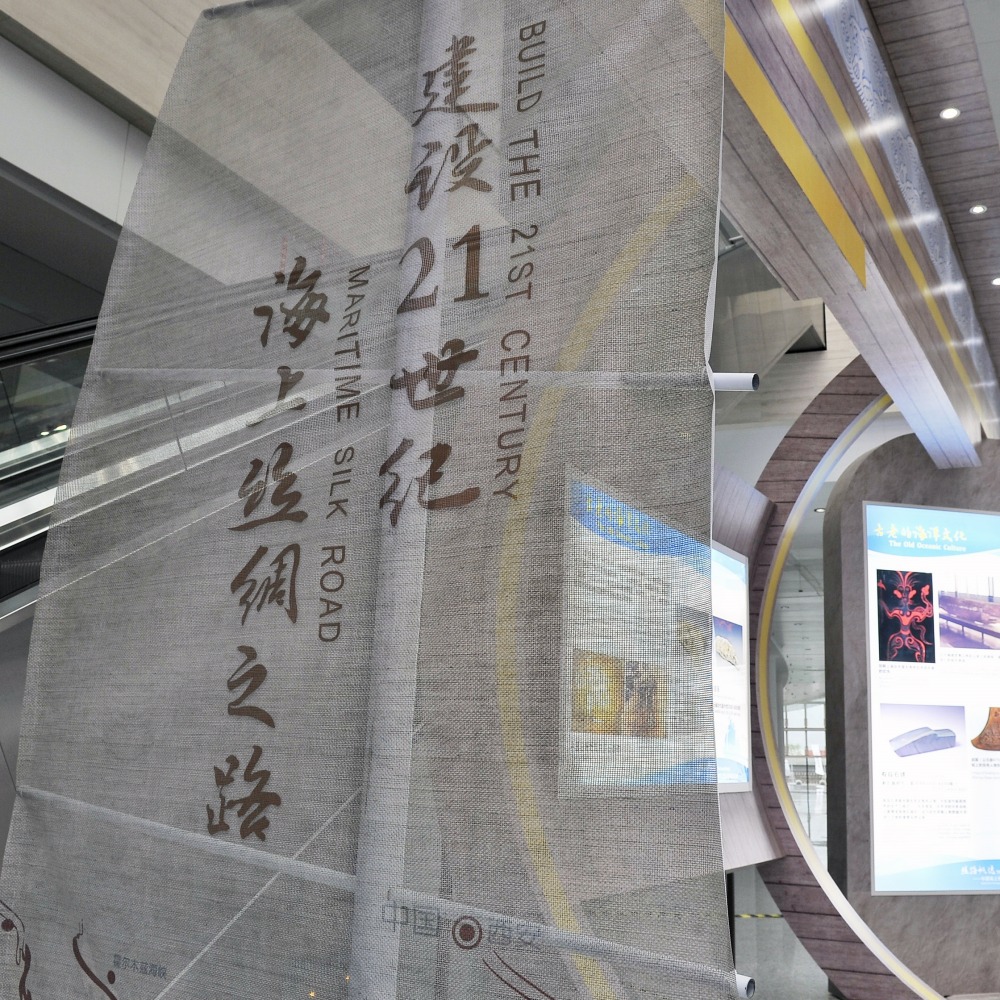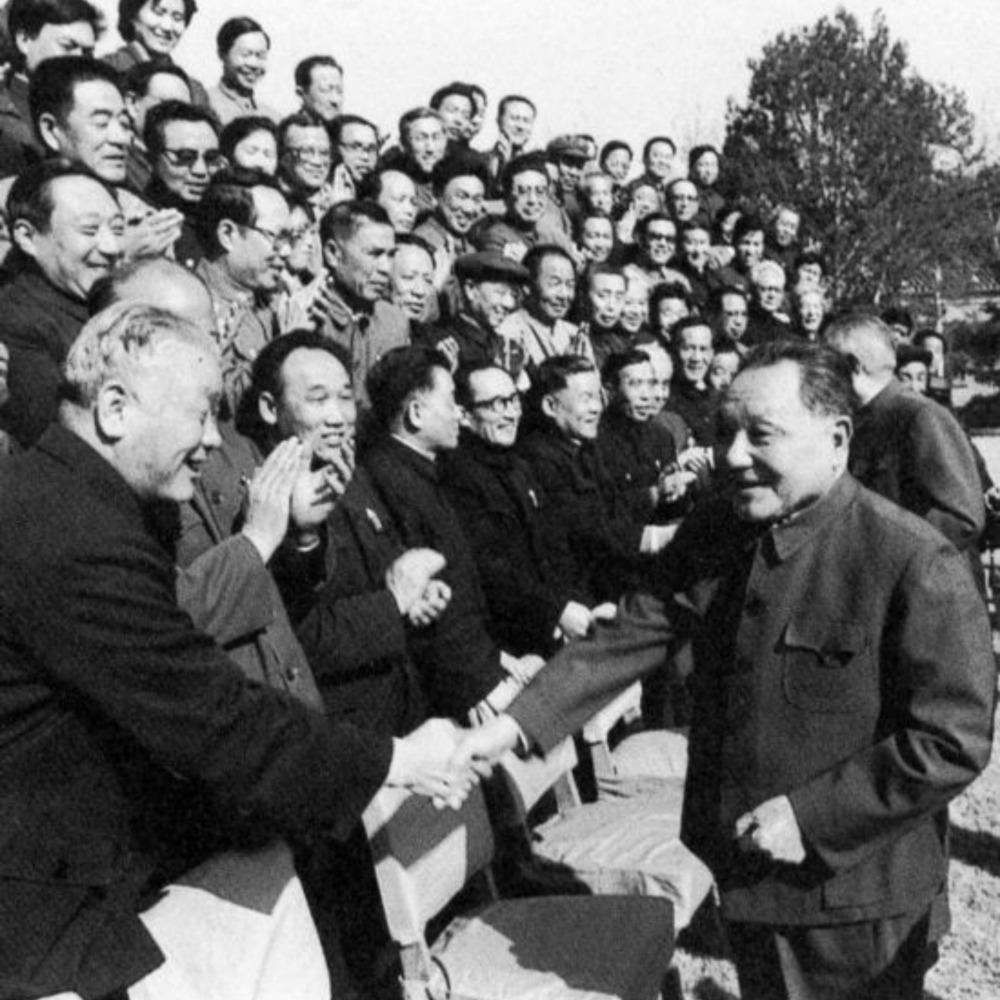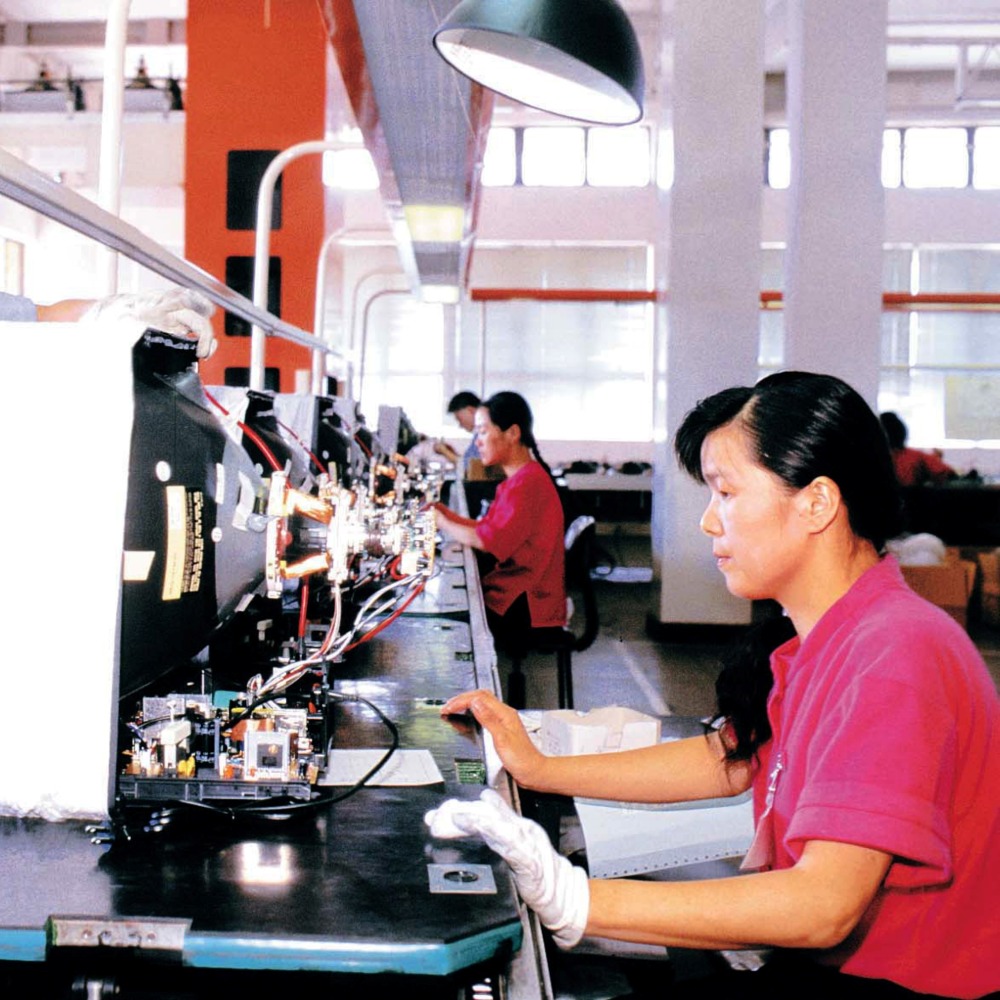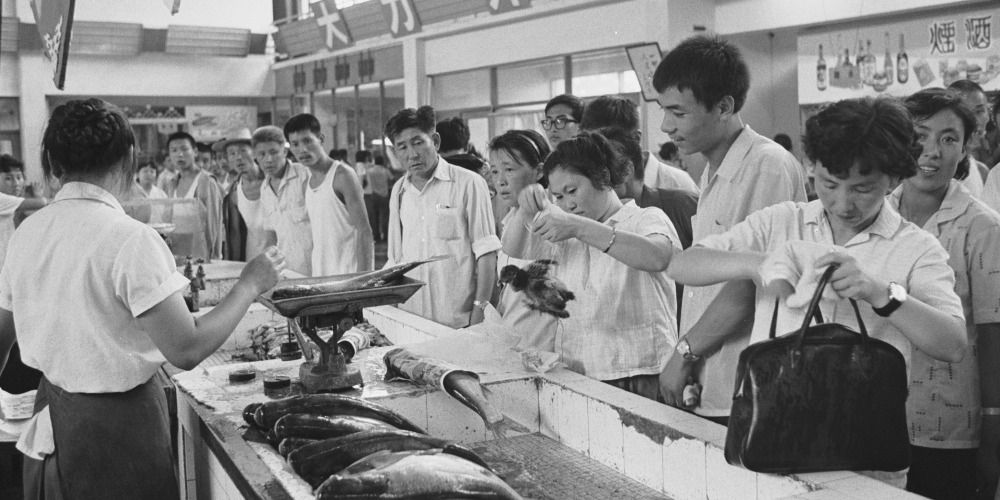Published : 2024-12-04
On December 4, 1982, China's current constitution, the "82 Constitution," was adopted by a vote at the National People's Congress.
China has had a total of four constitutions to date. Before the "82 Constitution", the constitution formulated in 1954 was the first constitution established after the founding of New China.
As for the constitutions formulated in 1975 and 1978, the former being a product of the Cultural Revolution and full of erroneous viewpoints, while the latter was greatly influenced by the shadow of the Cultural Revolution.
The revision and discussion of the "82 Constitution" were personally guided by Deng Xiaoping (鄧小平) and lasted for a total of two years.
It can be broadly divided into three stages: the proposal of the constitutional amendment draft, nationwide discussion, and deliberation and adoption by the National People's Congress.
The "82 Constitution" is closely related to China's Reform and Opening-up process, featuring clear characteristics of a "reform constitution".
These include placing the "basic rights and obligations of citizens" before "state institutions," indicating that state power originates from the people's mandate and authorisation; restoring the post of state president; for the first time, including the nature, status, and role of the Chinese People's Political Consultative Conference (CPPCC) in the constitution; reinstating the principle of "equality before the law"; recognising the essential nature of state-owned, collective, and individual economies, among others.
Additionally, the "82 Constitution" changed the system of integration of government and commune in rural areas by establishing township governments as grassroots administrations and universally forming villagers' committees as mass self-governing organisations, which is conducive to strengthening rural grassroots government construction and developing the collective economy.
